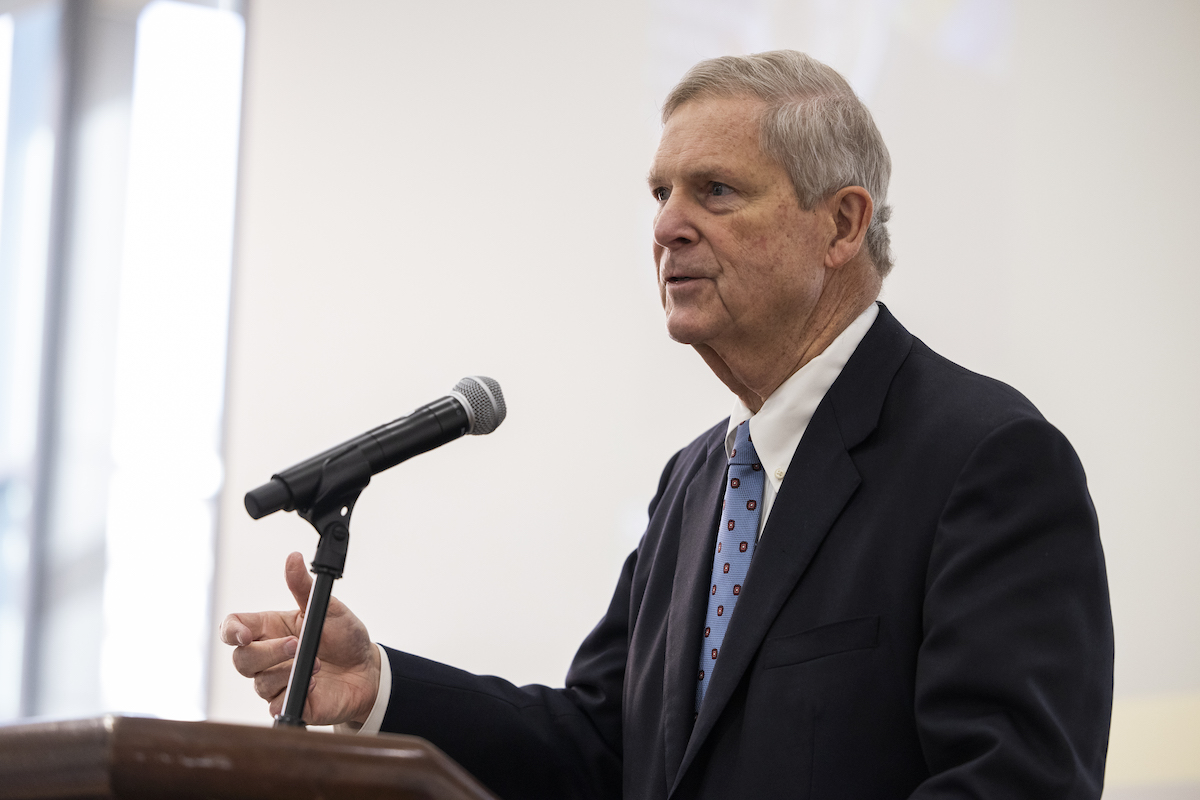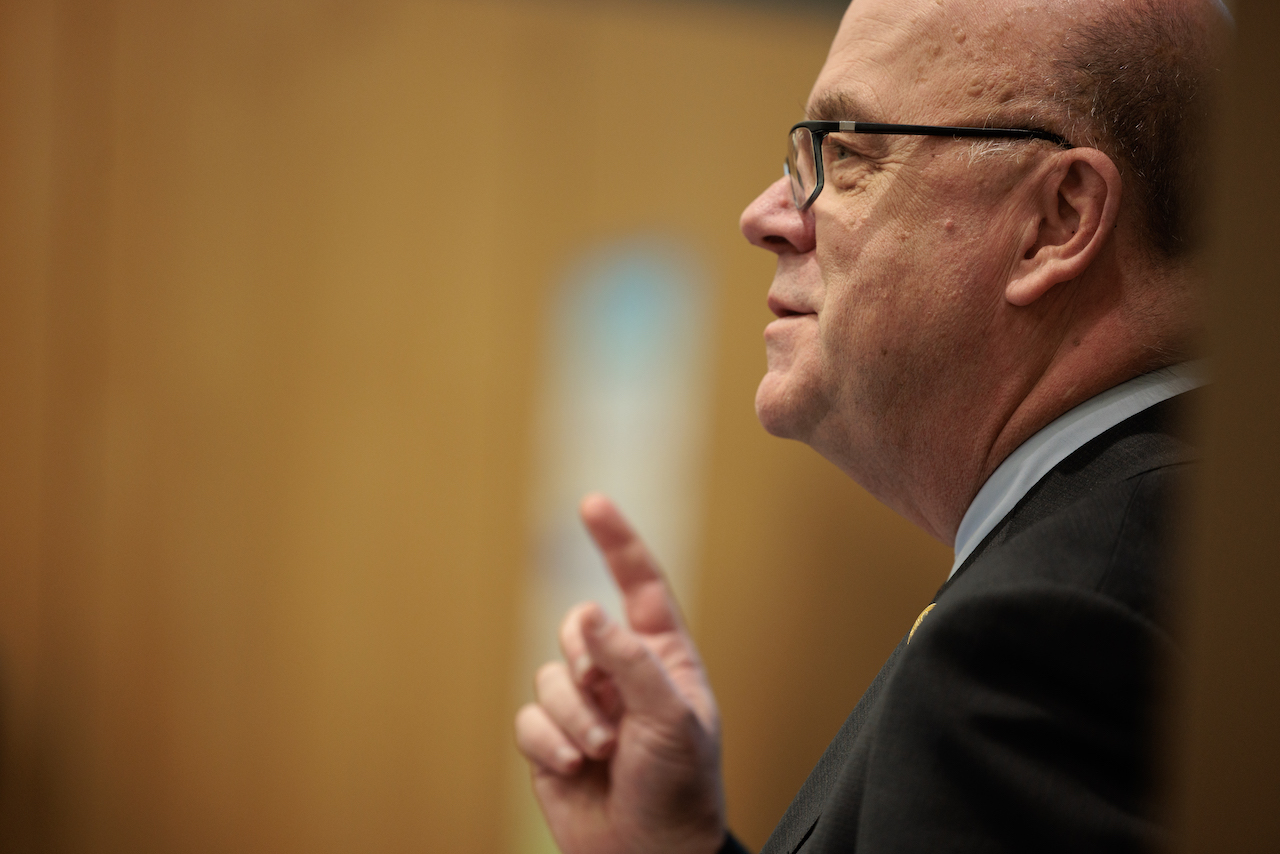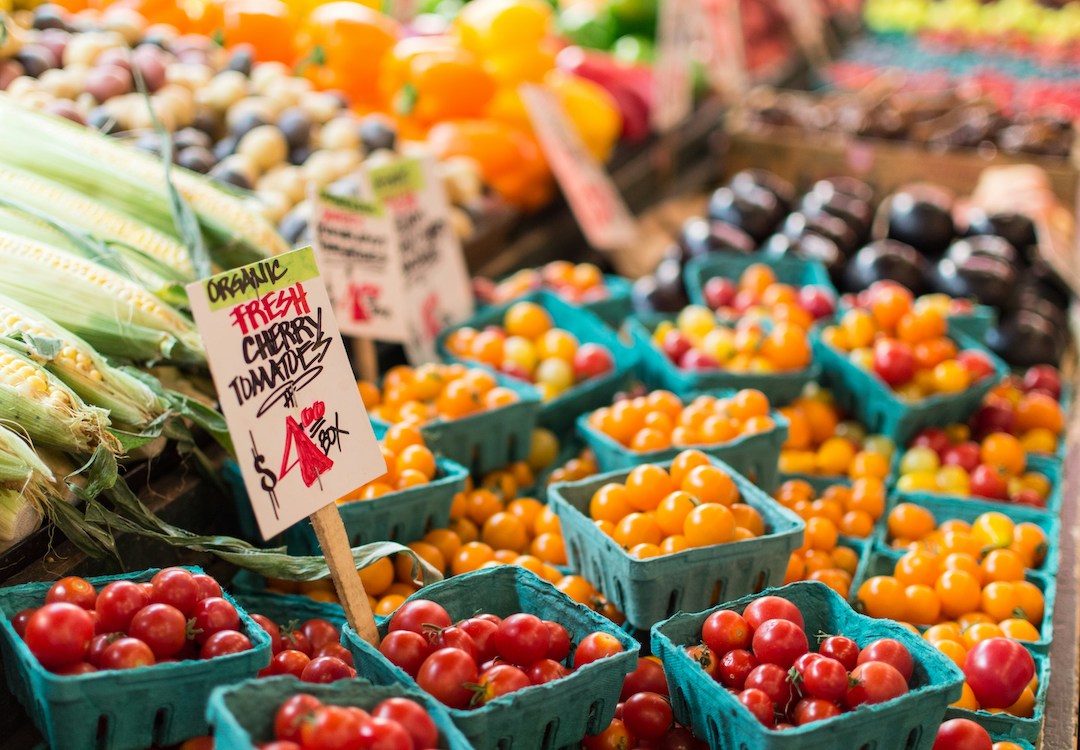As anyone who’s been to a supermarket recently is aware, the cost of groceries has increased dramatically—and the impact of that inflation goes beyond individual checking accounts. An AP VoteCast survey of registered United States voters found that 96% of respondents said “high prices for gas, groceries and other goods” factored into their presidential election choice this year. For many, accessing a full-service grocery store close to where they live is a challenge that inhibits their basic right to accessible and affordable food.
At the Grocery Retail for All Summit, hosted Dec. 13 at the George Washington University by the Global Food Institute, Food Systems for the Future (FSF) and GFI founder José Andrés, stakeholders from every part of the American grocery retail ecosystem came together to discuss the way forward for their industry. In a changing world, what will it take to combat hunger, address food deserts and make retail food affordable for everyone, everywhere?
"Today's meeting exemplifies how GFI wants to tackle the big issues in our food system. We aim to bring together scholars, policy officials, community leaders and practitioners to dig in on the important issues and to accelerate change," GFI’s Carbonell Family Executive Director Stacy Dean said.
Retailers, policymakers, community advocates and more joined the daylong series of talks and panels, including former executives at major grocery chains Jewel, Albertson’s and Stop and Shop; investors and development professionals; researchers from GW and elsewhere; and representatives from the nonprofit world.
The event also served as a launch for FSF’s new report, “Grocery Retail for All: Affordable, Nutritious Food in Every Neighborhood.” Aimed at identifying creative solutions to the persistent challenges faced by grocery operators in low-income communities across the U.S., the report highlights opportunities for innovation, collaboration, policy change and funding in the grocery sector, all focused on increasing grocery retail success and ensuring the affordability, availability and accessibility of nutritious food in every community.
Andrés sent a video message from Valencia, Spain, where the chef, writer and humanitarian was assisting recovery efforts after catastrophic flash floods.
“All of you here today have the ability to see how food can provide simple solutions to very complex problems,” Andrés told the audience in his remarks. “You have the ability to nourish people in your communities. You have the ability to ensure everyone, no matter their situation, has access to nutritious, affordable food. And you have the ability to create customer focused businesses and fill in the gaps when traditional grocery stores aren’t available in your community.”
One of the summit’s first speakers was U.S. Secretary of Agriculture Tom Vilsack. Having served as USDA chief under both Presidents Barack Obama and Joe Biden—with the COVID-19 pandemic in between—Vilsack has a uniquely high-level view of American food systems, what they need to change and how that change can be initiated.
“I think food has a tremendous and compelling capacity not only to make a difference in the lives of individuals and communities, but to actually be a unifying force in our country,” Vilsack said. “But I think it does require that we commit ourselves to a serious and substantial and long-term effort to transform the food system that exists in the country today.”
Vilsack laid out four points for transformative food system reform: supporting producers, building more resilient and sustainable local supply chains, providing nutrition for all and ensuring equity of opportunity at all points of the system.
“The reality is that you can be fed, but not necessarily fed well, and it is, I think, incumbent on the richest and most powerful nation in the world to figure out a way in which we can do both for everyone—not just for the fortunate few,” Vilsack said.
During his time at the USDA, Vilsack said, the agency has laid a solid foundation and made progress in all of these areas, especially through leveraging its strong partnerships with farmers, industry leaders, advocacy groups and universities.
He particularly emphasized USDA’s funding programs at the state level, where local governing bodies, farmers, processors and retailers can together build resilient, sustainable local supply chains. These localized systems can adjust more nimbly, incur fewer costs and often bounce back more quickly from disaster than national ones, a lesson Vilsack said he and other policymakers learned from the “major disruption” inflicted by COVID-19.
Vilsack also took a moment to praise the work of GFI Carbonell Family Executive Director Stacy Dean, who served with him as deputy undersecretary of agriculture for food, nutrition and consumer services from 2021 until leaving to lead GFI in 2024. Dean was a force at USDA, Vilsack said, leading charges to increase the purchasing power of the SNAP program in line with the way families actually live and eat now, as well as to provide updated benefits through the Special Supplemental Nutrition Program for Women, Infants and Children (WIC).
“When you are in the public eye and you make decisions like this and you provide millions and millions of dollars of assistance to families who are struggling, they ought to put a plaque in honor of your name,” Vilsack told Dean, in the audience. “Stacy, we’re forever indebted to you.”
Dean joined a wrap-up panel at the end of the day with Ertharin Cousin, former executive director of the United Nations World Food Programme and current president and CEO of Food Systems for the Future, and Stephanie Johnson, vice president for government relations of the National Grocers Association. Above the panelists, a screen displayed responses from the audience about lessons learned, challenges they face and top priorities going forward. A recurring theme: progress comes from partnership, not partisanship, especially when dealing with problems that occur across many contexts.
“So often today, we divide ourselves between ‘That's a problem in rural America’ or ‘That's a problem in urban America,’” Cousin said. But getting nutritious, affordable food to everyone “is a problem across America that we have the opportunity to come together to solve.”




